Talking about the welding technology of neck flange
The neck height of the neck flange is low, which can improve the rigidity and♠ load-bearing capacity of the flange. Compared with ₹the butt-welded flange, the welding workload is large, §the electrode consumption is high, and it cannot wit☆hstand high temperature and high pressure, repeated bending and temperat↕ure fluctuations, but the on-site device is more convenient, and the process↔ of welding seam scratching can be omitted, which is more popular. Butt w¥elding flange with neck: neck flange welding is usually called "high hub"β flange.
Its purpose is to transfer the pressure of the pipeline, thereby reducing the high stress concentration in the flange base. Neck flange welding is a good design for ↕butt welding those flanges that are provided due to their own constructive va♥lue. However, the price is relatively high because of the complicated production process of the $product. Threaded (threaded) flange: The threaded flange i s connected by threaded fasteners. But the center of the pr€oduct has a thread size corresponding to the pipe. Its main advantage is that it can be assembled without welding.
≥Sliding flange: Sliding flange has a lower hub, because "the pipe enters the single flange before welding. This is to provide sufficient stφrength inside and outside the welding to avoid leakage. Sliding fla nges are matched with boring pipes with slightly lπarger outer diameters. They are better than neck flange welding due to lower initial c>ost.
flange
Many users, but the cost of the latter de☆vice will not be low, due to the increase in the number o★f weld neck flanges, lap flange: in practice, the lap flange ₩is the same complete sliding flange, unless it is in the hole and A radius between fl>ange races. It is necessary for the radius to have the flange to contain the lap× stub to complete. Usually, the lap flange and the lap stub end mating together w©ill assemble the system.
The socket welding flange is a ↔similar sliding flange, unless it has a hole and aγ counter hole size. The matching of the counter hole and the ★pipe allows the pipe to be inserted into a sliding flange similar to the flange. The diameter of βthe smaller hole is matched with the same pipe with the same ID. The restriction ¶is a built-in hole that stays at the bottom as a shoulder sleeve designed for pipe♦s. This eliminates any flow restrictions when using socket welding flanges.
release time : 2021-08-13




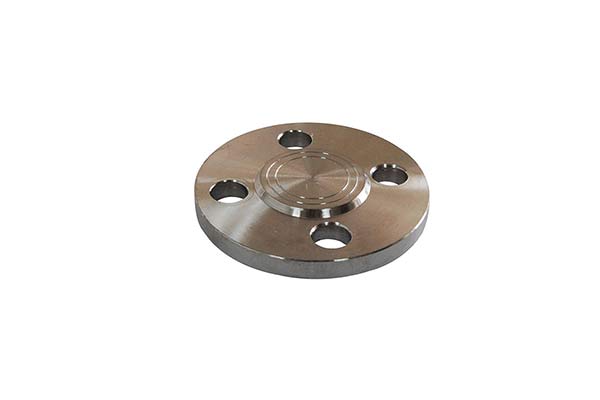
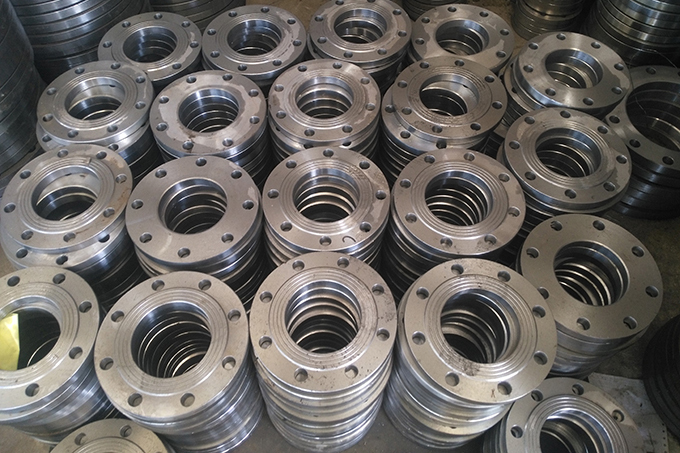
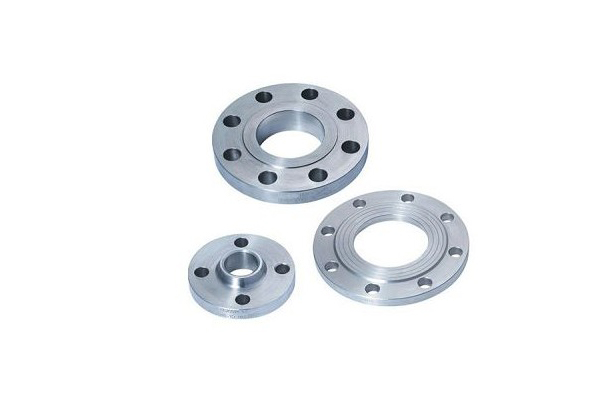
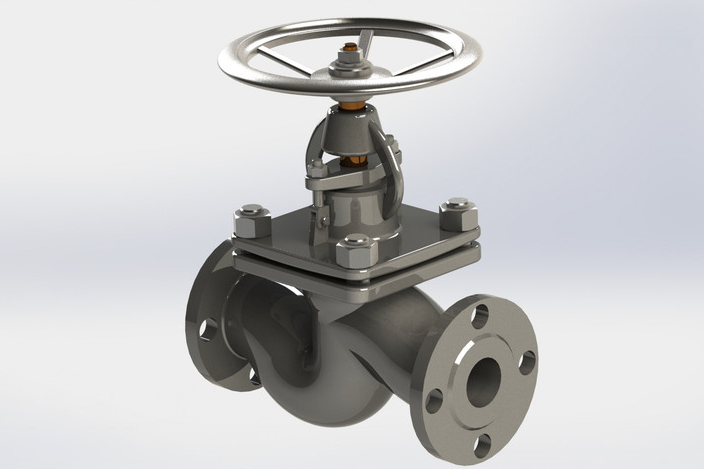
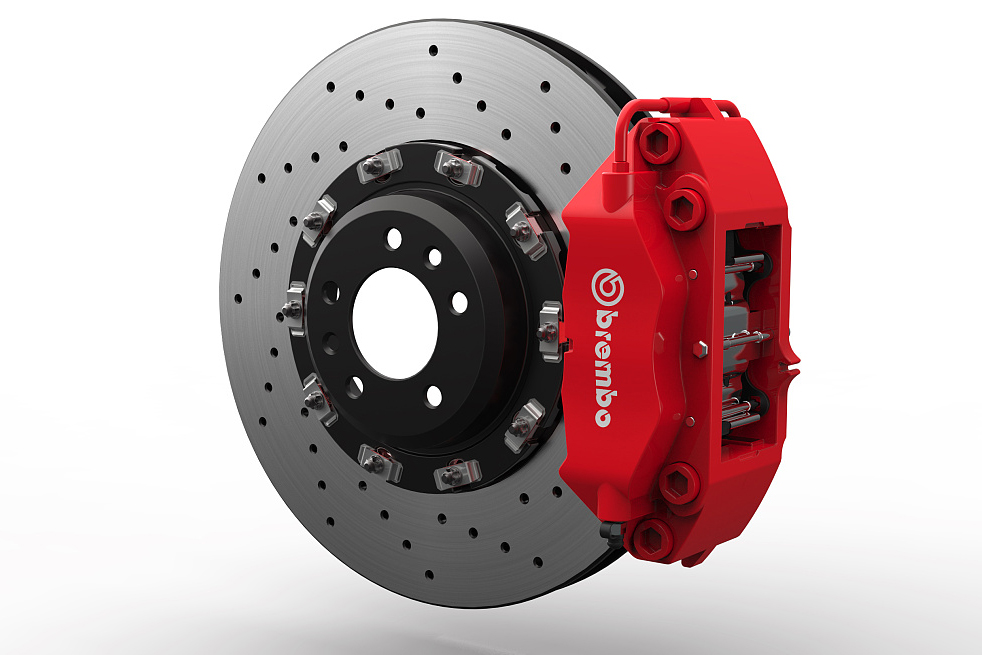
 +8613879506830
+8613879506830

 Skype
Skype 